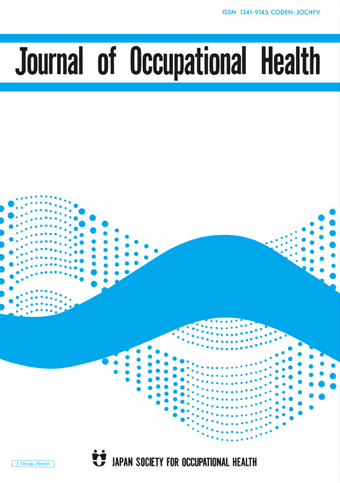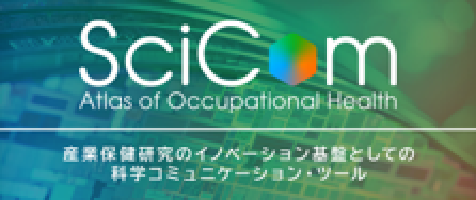Promoting Balance between Treatment and Work among Cancer Survivors: A Occupational Health Nurse’s Guidebook
Occupational health professionals, especially nurses, can help cancer survivors return to work and find the right balance between their treatment and employment. However, occupational health nurses (OHNs) are not recognized by Japan’s Occupational Health and Safety Act of 1972 and their roles in organizations remain ambiguous, defined by employers.
Through our study, we wanted to develop a guidebook that OHNs can use to promote collaboration among cancer survivors, employers, human resource personnel, office personnel, and health providers to help cancer survivors find balance between their treatment and employment.
The first draft of our guidebook was based on findings from our previous studies and discussions with 7 researchers, who had experience in occupational health nursing practices. We met 11 times between February 2012 and March 2014 to develop, evaluate, and revise it.
The tentative guidebook contained good practices for OHNs, and primary, secondary, and tertiary level interventions. These interventions were designed to help OHNs foster a supportive work culture, which would help cancer survivors to successfully return to work.
The initial draft was evaluated by 18 OHNs with varying levels of work experience in different industries and from small to big organizations. On an average, these nurses had 8.8 years of experience.
We presented the guidebook to them, then conducted a discussion, and ultimately got their feedback from questionnaires. They were asked to evaluate the guidebook on usability, ease of understanding content, and overall structure. They appreciated several parts of the guidebook, while being critical of others.
Based on the inputs from the OHNs, we prepared the final version of the guidebook containing four sections: an introduction, 12 practical checkpoints in providing the right kind of support for cancer survivors, preparing for cancer survivorship, and an appendix with additional information.
The introduction contained statistical data and societal views on cancer and treatment. The practical checkpoints section contained useful action statements. It answered the questions “why” and “how” and enlisted important things to remember. The third section sought to promote a healthier workplace through primarily preventive activities. And the last section contained three hypothetical case studies and other practical information on a broad range of conditions and processes pertaining to OHNs.
Cancer survivors need systemic support to return to work and find the right balance between their treatment and employment. Our guidebook is useful for OHNs working in a diverse range of environments, who want help cancer survivors through their occupational health practice.
Link to the original journal article:
https://www.jstage.jst.go.jp/article/eohp/advpub/0/advpub_2019-0012-OA/_article/-char/en
Development of an occupational health nurse’s guidebook to promote the balance between cancer treatment and work
Etsuko Yoshikawa, Noriko Nishikido, Minako Sasaki, Michiyo Ito, Izumi Watai, Jun Sudo, Mai Mochizuki
Here are some ways you can make it easier for your plain-language summary to be discovered once it has been published:
- Upload the summary on your personal, lab/research group, or university website.
- Share the published content with peers and colleagues through your personal social media accounts (Facebook, Twitter, Blogs, and LinkedIn). Link this back to the journal’s social media promotions for your paper.
- Include the link to the published post in your email signature line.
News & Announcement
-
Mar 14, 2025EOH-P has been listed on PMC/PubMed!The articles published in EOH-P have been registered with PMC/PubMed, the U.S. Nation...
-
Jun 11, 2021Lay Summary page open!Lay Summary page provides you article summaries in order of study categories. You can...
-
Oct 1, 2019EOH-P is now released!The Environmental and Occupational Health Practice (EOH-P) has been released. Please ...
Journal Info
Average 46.14 days from submission to first decision
Average 120.95 days from submission to acceptance







